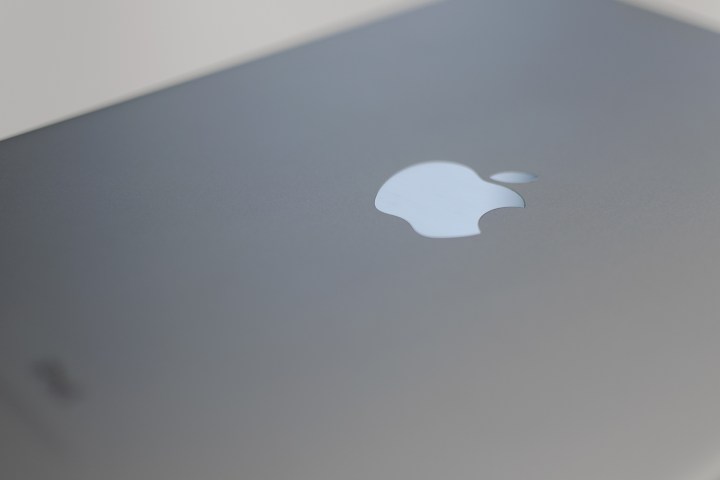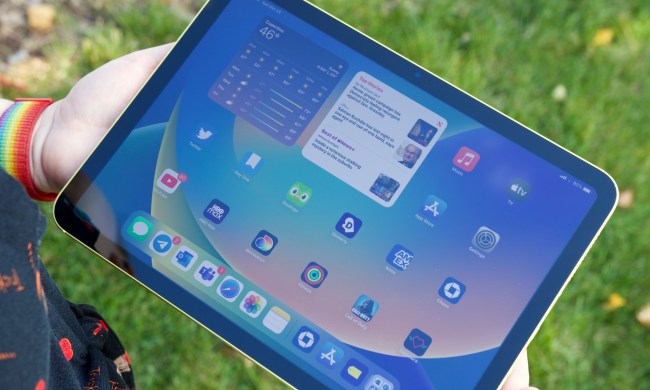
While the terms vintage and obsolete are used pretty interchangeably, there is a slight difference. In Apple parlance, obsolete products are those that were discontinued more than 7 years ago and for which hardware service is no longer available under any circumstances. Vintage products, on the other hand, still have hardware and repair service in California and Turkey.
When it was introduced in 2012, Apple marketing materials hailed the iPad 3 as “revolutionary.” While revolutionary may be a stretch, it did feature a number of firsts for an iPad. The iPad 3 was the first to feature the Retina display, the first to have an iSight camera (the iPad 2 had a 0.7 megapixel rear-facing camera), and the first to have quad-core graphics processing. It was also the first to have LTE capability, although this was only available in certain parts of the U.S. and Canada.
Even with its impressive specs, the iPad 3 was the shortest-lived iOS device in history. Seven months after its introduction, the iPad 3 was discontinued and replaced by the iPad 4. This may be the reason the iPad 3 was placed on the vintage and obsolete list while its predecessor, the iPad 2, continues to to supported.
If you own an iPad 3 and live in California, you’re in luck. California is the only state in the U.S. where Apple retail stores and Apple service providers will still make repairs to your iPad. If you live outside of California, you’ll need to look for a service provider in California should you need a repair.
The iPad 3 should continue to have limited hardware support in California for at least the next two years. Apple typically waits seven years after a product has been off the market before rendering a product obsolete and ending all hardware service.


